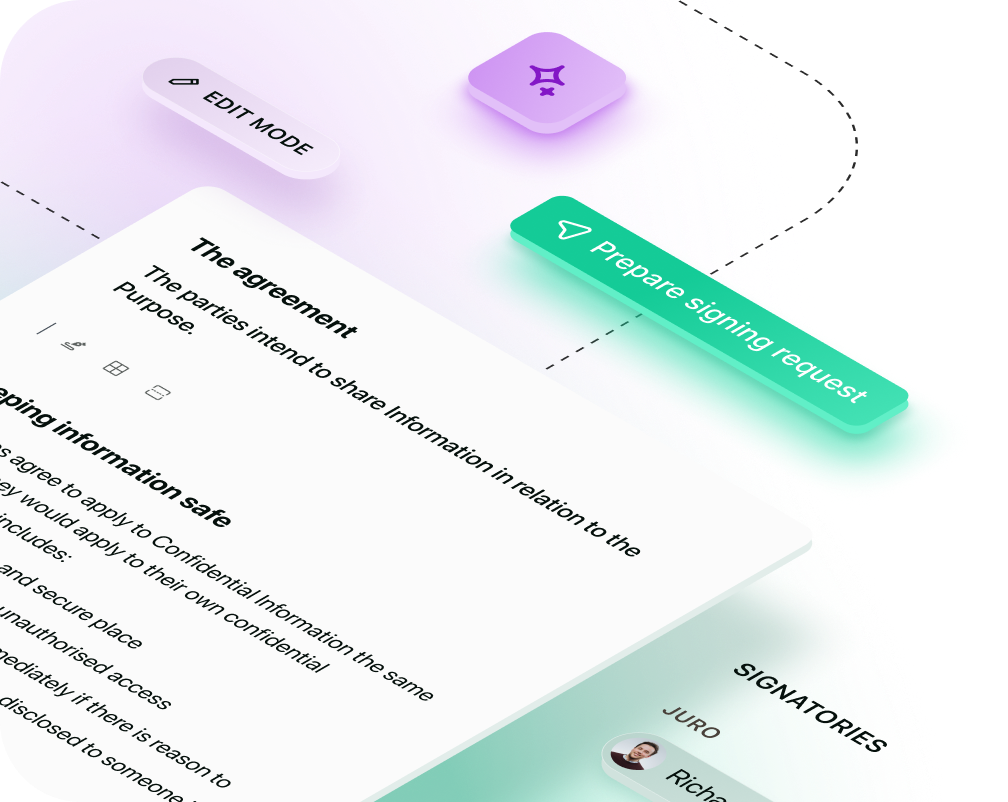Solutions
Customer Support
Resources
Use this free template to craft and oversee user agreements, ensuring that your terms of service are transparent and comprehensible to users.




Create and manage user agreements more efficiently and ensure that your terms of service are clear and understood by users.
With the rise of digital platforms and online services, user agreements have become a staple in the digital world.
If you're offering a service or product online, chances are you've implemented a user agreement. But what exactly are user agreements, who needs them, and how can you draft one effectively?
A user agreement, often referred to as Terms of Service or Terms and Conditions, is a legal document that outlines the rules and guidelines that users must agree to to use a service or product.
It defines the relationship between the service provider and the user, detailing the rights, responsibilities and obligations of both parties.
User agreements are essential for businesses that offer online services, software, or platforms. They provide clarity on issues like payment terms, data privacy, content ownership, and dispute resolution.
While they might seem tedious, they're crucial for protecting businesses from potential legal disputes and ensuring users understand their rights and limitations.

User Agreements have a wide range of functions within a business, including:
.avif)
This process is time-consuming and some common issues can occur during this process, such as:
The process can become much more streamlined if you use a comprehensive user agreement template. It's even more efficient if you host this user agreement template in Juro.
Instead of drafting agreements from scratch, businesses can store their user agreement templates in Juro's AI-enabled contract management tool. This allows them to generate user agreements 10x faster than with conventional methods.
When legal or administrative teams have user agreements set up as automated templates in Juro, the entire process becomes more fluid.
Teams can initiate an agreement from the pre-approved template, and these templates are then automatically populated through a simple Q&A workflow.

Templates can also be filled by integrating data from systems like your CRM or user management platforms.
Juro's bulk actions further allow teams to generate, send and sign user agreements on a large scale.
Juro is the perfect solution for rapidly expanding companies that onboard multiple users and need to manage agreements with confidence.
To find out more about Juro's rich feature set and how it can enable your business to save time, hit the button below.
For SaaS contract templates, check out the ones below:
Juro is the #1-rated contract platform globally for speed of implementation.


Juro embeds contracting in the tools business teams use every day, so they can agree and manage contracts end-to-end - while legal stays in control.
Book your demo